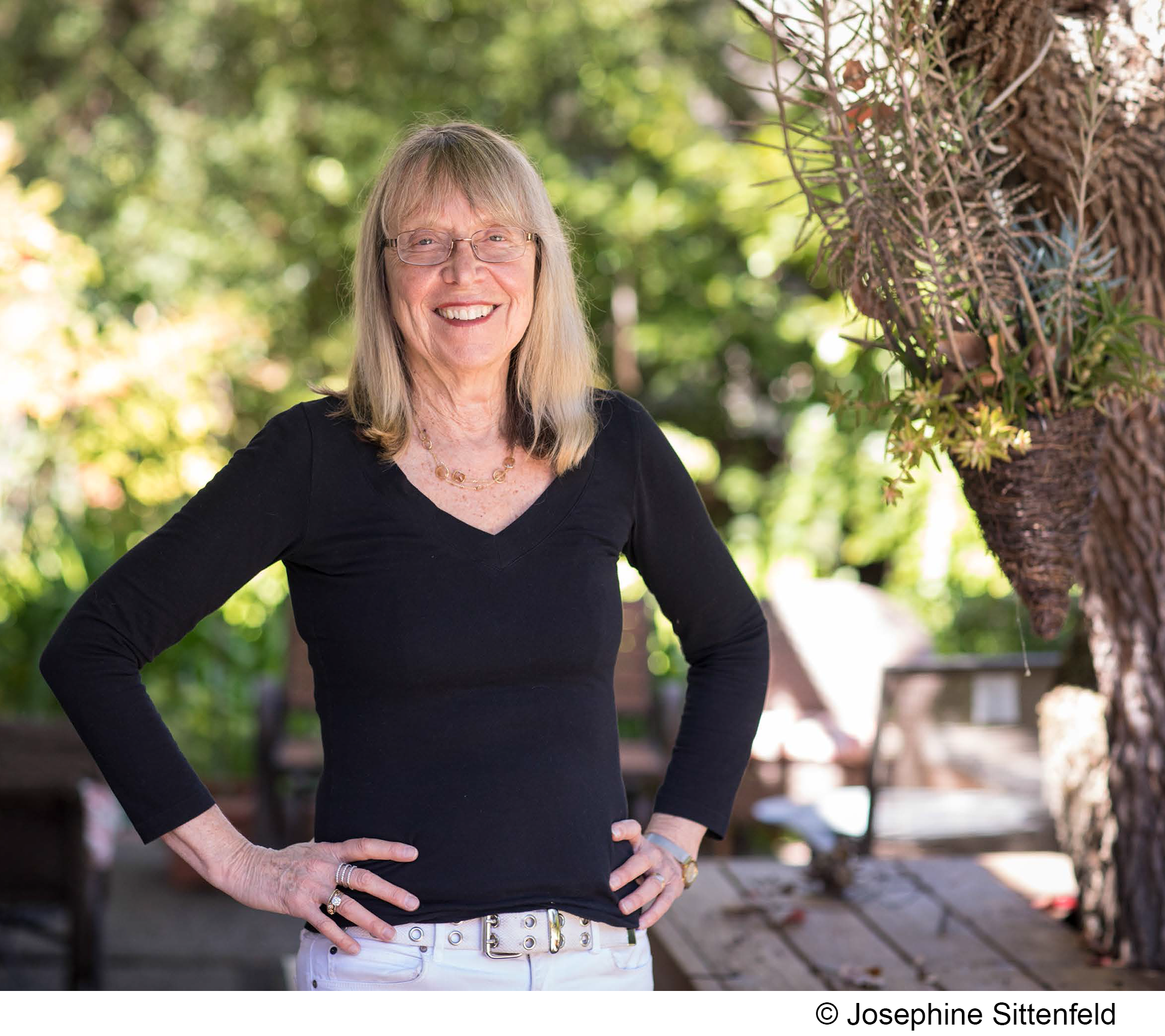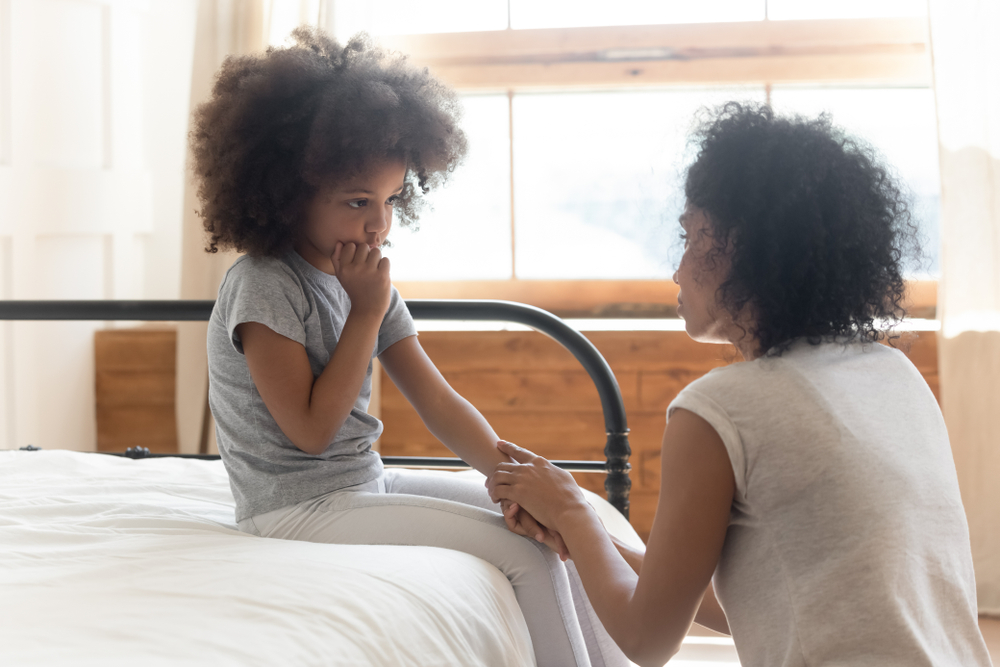It is a difficult time for the nation and the world. Nationwide protests against police brutality have sent parents and teachers looking for resources to explain and help. The group Embrace Race compiled a list of 31 children’s books that address race, racism, and activism. And the nonprofit Teaching for Change put together a list of social justice books for teens.
Here are some short lessons from the Anti-Defamation League that parents can use for children 11 and older. These books and resources can help prepare you for family conversations around our current events.
The best way for parents to help kids understand is to listen to their concerns and talk to them. One thing you can do is tell kids that it looks like there is a lot of chaos right now, but its purpose is to help us as a country make a positive change. Explain how some groups were not treated fairly in our society, and how we are working to make sure all people are treated fairly.
In an interview on CNN, California pediatrician Dr. Rhea Boyd, who teaches nationally on the relationship between structural racism, inequity and health says:
“Children and adolescents are experiencing the collateral consequences of the publicized murderers of Breonna Taylor, Tony McDade, and George Floyd, whether they have a smartphone in their direct possession or not. Whether from social media accounts, conversations with peers or caregivers, overheard conversations, or the distress they witness in the faces of those they love, children know what is going on. And without the guidance and validation of their caregivers, they may be navigating their feelings alone.”
Take care of yourself first before talking to your children
The American Association of Pediatrics advises parents to take care of themselves first since their mental and emotional health is the key to their children’s well being. Just like the safety protocol on planes, you need to put your oxygen mask on first before helping others.
We have a lot of stress after watching traumatic real life events on television and social media, so it is important to take some time to calm yourself first. Here are some helpful calming exercises you can use with your child.
Racial bias starts early. Learning racism is a lot like learning a new language for babies and toddlers, writes Dr. Jacqueline Dougé and Dr. Ashaunta Anderson in a separate commentary. It can happen without parental input, just by the racial stereotypes so prevalent in society.
Have an honest conversation with your child
It starts with awareness. Your child likely has observed a real world event that is a natural conversation starter. Have an open dialogue about that event. For some it may be more comfortable to start by introducing stories through books or films.
Once there is awareness and understanding of the existence of racism and inequity, talk about what behaviors and actions could be taken. Kids may have their own ideas of how they could help drive change. This could be as simple as embodying those values daily. You could even try supporting Black businesses, making a sign for your window or attending a local non-violent protest.
For more posts from Esther Wojcicki go to www.wojway.com.


